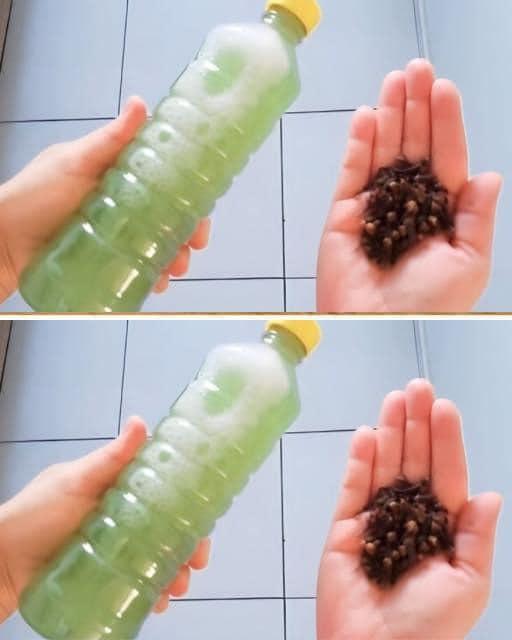ADVERTISEMENT
For Complete Cooking STEPS Please Head On Over To Next Page Or Open button (>) and don’t forget to SHARE with your Facebook friends
– **Thoroughly clean the affected area**: Wash the area with warm water, then apply the enzymatic cleaner. Let it sit for 10-15 minutes before blotting it up. Repeat as needed.
#### 3. **Address Marking Behavior**
If your dog is marking inside the house, it’s likely due to territorial behavior. This can be especially common in unneutered male dogs, although females and neutered dogs can mark too. Here’s what you can do:
– **Neuter or spay your dog**: If your dog isn’t neutered or spayed, consider having them undergo this procedure. It can help reduce the urge to mark territory.
– **Limit access to marked areas**: If your dog has marked a particular spot in the house, restrict their access to that area until they learn not to mark there. Using baby gates or closing doors can help prevent them from reaching these spots.
– **Use deterrents**: There are sprays available that deter dogs from marking. These sprays can be used on furniture, walls, or other areas where your dog tends to mark.
#### 4. **Create a Calm Environment for Dogs with Separation Anxiety**
If your dog pees inside due to separation anxiety, the goal is to help them feel more secure when left alone. Here are some tips to help ease their anxiety:
– **Desensitize your dog to being alone**: Gradually increase the amount of time your dog spends alone, starting with short periods and gradually working up to longer ones. Make sure to stay calm when leaving and returning to prevent reinforcing anxiety.
– **Provide a safe space**: Create a quiet, comfortable area for your dog when you’re gone. Leave a blanket, toy, or item of clothing with your scent to comfort them.
– **Consider anxiety-reducing products**: There are various products, such as calming pheromone sprays, anxiety vests, or medications prescribed by your vet, that can help your dog cope with separation anxiety.
#### 5. **Consult a Veterinarian**
If your dog’s accidents are sudden or persistent, and you suspect a medical issue, don’t hesitate to consult your vet. Conditions like urinary tract infections, kidney disease, or diabetes can cause a dog to urinate more frequently, even indoors. A thorough check-up will help rule out any medical concerns, and your vet may recommend treatment or medication to address the issue.
#### 6. **Age-Related Considerations**
For older dogs, incontinence can sometimes be a natural part of aging. If your dog’s accidents are more frequent or occur while they’re sleeping, they may be dealing with incontinence. Here are a few tips for senior dogs:
– **Take more frequent bathroom breaks**: Senior dogs may need to go outside more often, even if they don’t seem to be as active.
– **Consider doggy diapers**: For dogs with severe incontinence, dog diapers can be a helpful solution to prevent accidents indoors, especially while you’re at work or overnight.
#### 7. **Create a Routine and Stick to It**
Dogs thrive on routine. Establish a consistent schedule for bathroom breaks, feeding, and walks. This will help your dog develop a routine and encourage them to hold their bladder until the appropriate time.
### Conclusion: Patience and Consistency Are Key
Stopping your dog from peeing inside the house requires a combination of patience, consistency, and proper training. By addressing the root cause of the problem, whether it’s a lack of potty training, territorial marking, medical issues, or anxiety, you can help your dog learn to do their business outside where it belongs.
Remember, accidents are normal, and your dog is not being “bad.” It’s essential to approach the issue calmly and avoid punishment, which can lead to confusion or fear. With time, effort, and a little help from these tips, your dog can break the habit and become a potty-trained, well-behaved member of your household.
